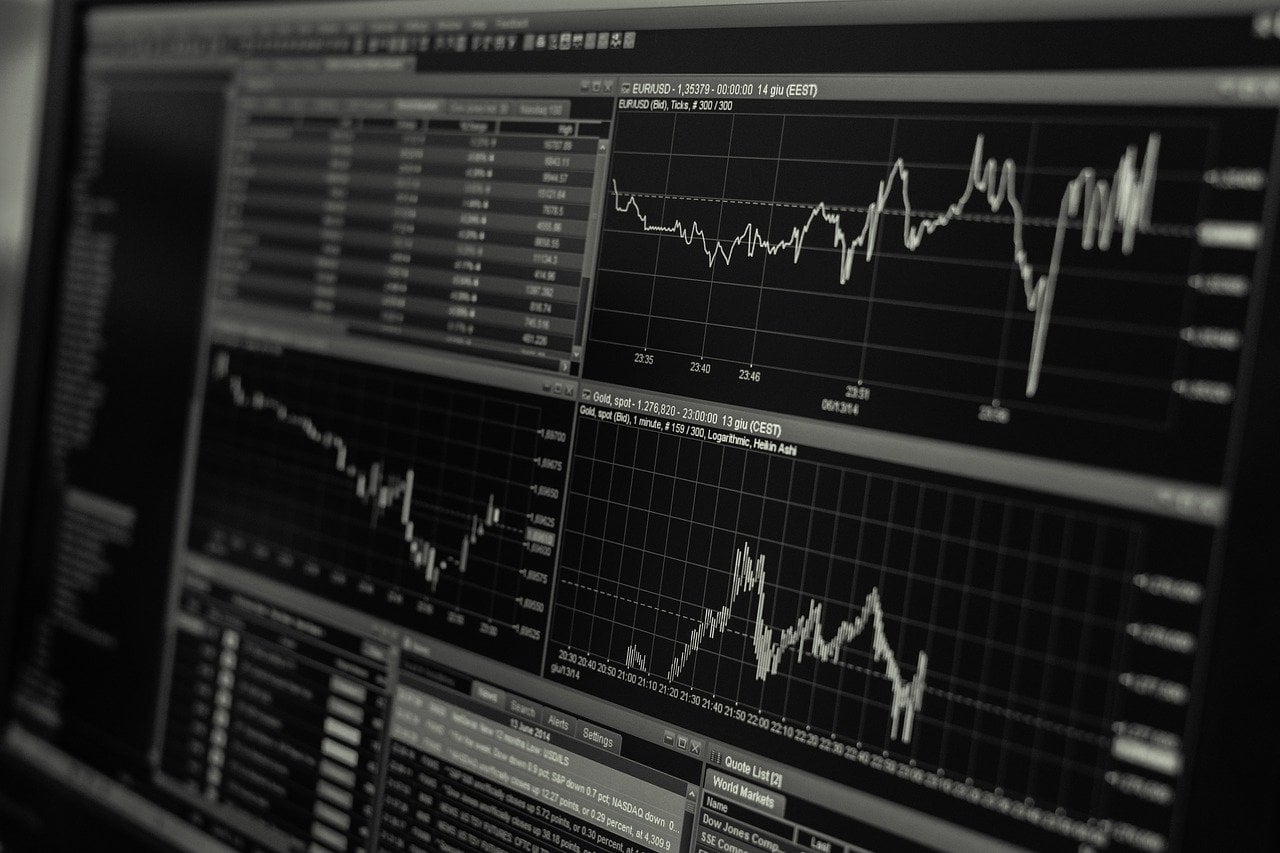Exchange-traded funds (ETFs) are one of the best investment instruments available, both in terms of risk and return. They are a collection of securities, such as stocks, commodities, bonds, or a mix of these, that track an underlying index. Exchange-traded funds are marketable securities and are listed on exchanges, allowing investors to buy and sell them easily. If you plan to invest in them, then here are the top ten biggest ETFs.
Q3 2020 hedge fund letters, conferences and more
The Top Ten Biggest ETFs
Our list of the top ten biggest ETFs is based on the ETFs’ assets under management (AUM) as of Jan. 15, 2021. Here are the top ten biggest ETFs:
Launched in 2001, this ETF invests in international stocks. It tracks the MSCI EAFE index, which covers about 900 non-U.S. stocks. It has an expense ratio of 0.32%, a 5-year return of 7.42% and a 3-year return of 4.28%. Its top ten holdings are similar to IEFA (listed below).
Launched in 2018, this ETF has exposure to a broad range of companies in Asia, Europe, the Far East and Australia. It is also an "ex-U.S." ETF, which means it doesn’t invest in U.S. stocks. This allows U.S. investors to diversify their exposure. It has an expense ratio of 0.07%. The ETF's top ten holdings are Nestle SA, Roche Holding AG Dividend Right Cert., Novartis AG, ASML Holding NV, LVMH Moet Hennessy Louis Vuitton SE, Toyota Motor, Unilever PLC, AIA Group, SAP SE and AstraZeneca PLC.
Launched in 2003, this ETF offers exposure to U.S. investment-grade bonds. It holds all types of debt instruments, including corporate debt, mortgage-related debt, local government and municipal bonds, and U.S. Treasury notes. The ETF has made a maximum investment in United States Treasuries (37.66%) and Fannie Mae/ Federal National Mortgage Association (10.06%). It has a 5-year return of 4.38% and 3-year return of 5.28%.
-
Vanguard FTSE Emerging Markets (VWO, $101.43 billion)
Launched in 2005, this ETF focuses on emerging markets, including China, Taiwan, South Africa and Brazil. The goal of the ETF is to closely track the return of the FTSE Emerging Markets All Cap China A Inclusion Index. This exchange-traded fund has an expense ratio of 0.1%. The ETF's top ten holdings are TSMC, Tencent, Alibaba Group, Meituan, Naspers, Reliance Industries, Ping An Insurance Group Co. of China, JD.com, China Construction Bank and Infosys.
-
Vanguard FTSE Developed Markets (VEA, $138 billion)
Launched in 2007, this fund provides access to the entirety of the "developed" marketplace. It tracks the performance of the FTSE Developed All Cap ex US Index. It has an expense ratio of 0.05% and invests in large, mid and small-cap firms in Canada, Europe and the Pacific region. The exchange-traded fund's top ten holdings are Samsung, Nestle SA, Roche Holding AG, Novartis AG, ASML Holding NV, Toyota Motor, LVMH Moet Hennessy Louis Vuitton SE, BHP Group Ltd., AIA Group and SAP SE.
-
Invesco QQQ ETF (QQQ, $153 billion)
Launched in 1999, this fund is benchmarked to the Nasdaq 100. It is the biggest ETF from Invesco and has an expense ratio of 0.2%. The fund's top ten holdings are Apple, Microsoft, Amazon.com, Tesla, Facebook, Alphabet (Class C), Alphabet, NVIDIA, PayPal, and Adobe. The fund has a 5-year return of 23.99% and a 3-year return of 27.3%.
Launched in 2000, this ETF tracks the S&P 500 and is similar to SPY in terms of performance and holdings. However, its expense ratio is just 0.03%, in comparison to 0.04% a year ago, representing its commitment to being a low-cost index fund. This exchange-traded fund has 505 holdings as of Jan. 15, with Apple receiving the highest investment, accounting for 6.38% of the total fund.
-
SPDR S&P 500 ETF Trust (SPY, $332 billion)
Launched in 1993, SPY is the biggest and most popular fund. It was the first exchange-traded fund to be listed in the U.S. This fund trades about 80 million shares each day and is benchmarked to the S&P 500 index. The top three sectors in the index are Communication Services, Information Technology and Health Care. The size and liquidity of this exchange-traded fund make it apt for investors, while its gross expense ratio is 0.095%.
-
Vanguard S&P 500 (VOO, $637.05 billion)
Launched in 2010, this ETF invests in stocks in the S&P 500 Index. The expense ratio of the ETF is 0.03%, while the objective of the fund is to closely track the index’s return. The 10 largest holdings of the exchange-traded fund are Apple, Microsoft, Amazon, Alphabet, Facebook, Tesla, Berkshire Hathaway, Johnson & Johnson, JPMorgan Chase & Co. and Visa. The Vanguard S&P 500 ETF has a 5-year return of 15.18%, while its 1-year return is 18.35%.
-
Vanguard Total Stock Market (VTI, $1.08 trillion)
Launched in 2001, this ETF is benchmarked to a large number of stocks, with over 3,500 total positions at present. It has an expense ratio of 0.03%. The ETF's 10 largest holdings are Apple, Microsoft, Amazon, Alphabet, Facebook, Tesla, Berkshire Hathaway, Johnson & Johnson, JPMorgan Chase & Co., and Visa. This ETF has a 5-year return of 15.44% and a 1-year return of 21.05%.













